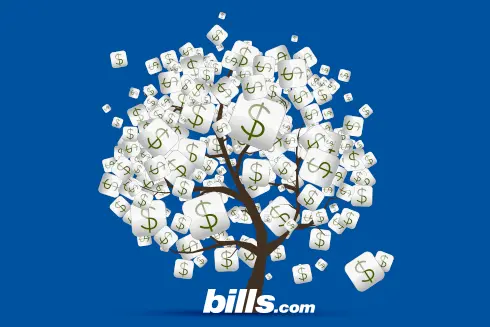Virginia Mortgage Rates

Comparing Virginia Mortgage Rates with National Rates
In order to help you see how Virginia mortgage rates compare with National rates, check out the following rate table from the industry website mortgagenewsdaily.com. These rates represent national averages and are based on specific loan assumptions.
Shopping for Best Mortgage Rates in Virginia
It is important to shop around for the best terms. Make sure that you compare rates, lender fees and learn about third party fees. When comparing mortgage offers check out the term (length), interest rate (fixed vs. variable), and if applicable the cost of mortgage insurance. Get more information about mortgage rates and mortgage fees. Also, FHA loans, which always require mortgage insurance, differ from conventional loans, which require Private Mortgage Insurance (PMI) if your loan to value ratio (LTV) is over 80%. Make sure that you use all of your costs when comparing loans.
Qualifying for a Mortgage in Virginia
In order to qualify for the best mortgage rates in Virginia it is important to have an excellent credit score. Also, you want to make sure that your debt to income ratio (DTI) and your downpayment or equity position , your loan to value ratio (LTV) are sufficient to qualify. Read this Bills.com article about qualifying for a mortgage.
Mortgage Resources for Virginia
Virginia is the twelfth most populous US state. According to the US census, as of 2017, there is an estimated population of over 8.4 million residents, which represents 2.6% of the US population. Virginia is home to many military bases and personnel. According to the Consumer Financial Protection Bureau (CFPB) HMDA data for 2015, VA loans were over 20% of originated loans in Virginia , versus a nationwide average of about 10%.
Here are some outside resources that can help you understand the Virginia mortgage environment:
- FHA loan amounts in Virginia: (note:set the table to Virginia) There are 134 counties in the state of Virginia of which 13% of the single family units meet the Highest loan limit, currently at $636,150. 45% of the counties are at the Standard loan limit, currently at $275,665. The remaining 42% are between those two limits.
- FHFA Conventional Loan Amounts: Check the pdf from FHFA for all states and search for your state and county or check out the FHFA conforming limit map. Since the FHFA has higher base limits than the FHA, currently at $424,100, there are 56% of the counties that fit this category. Another 13% of the counties have the Highest Loan limit of $636,150. The remaining 31% are between those two limits.
- Virginia First Home Buyer Programs: Virginia has a number of loan programs, down payment assistance programs and the Mortgage Credit Certificate tax Credit Program. Homebuyer education class is mandatory for some programs and they have income and area restrictions.
- Homebuyer Education Programs: Many programs require a homebuyer education class. For more information and a limited less check out the Hud’s website.
Mortgage Trends and Statistics for Virginia
Mortgage rates, loan amounts, LTV, (etc) vary based on areas. The FHFA provides a useful insight into differences in conventional loans, based on Metropolitan Areas.
Source of Data: FHFA Historical Table - (TERMS ON CONVENTIONAL HOME MORTGAGES) Table V - Averages for Major Metropolitan Areas: Loans Closed
Check out some differences in two areas in Virginia :
- Mortgage Rates for Conventional Loans in One MSA in Virginia
- Loan Amount in Virginia for One MSA
- Mortgage Fees in One MSA in Virginia
- LTV over 90% in One MSA in Virginia
Mortgage Rates for Conventional Loans in One MSA in Virginia"
Mortgage Fees in One MSA in Virginia
Loan Amount in Virginia for One MSA
LTV over 90% in One MSA in Virginia